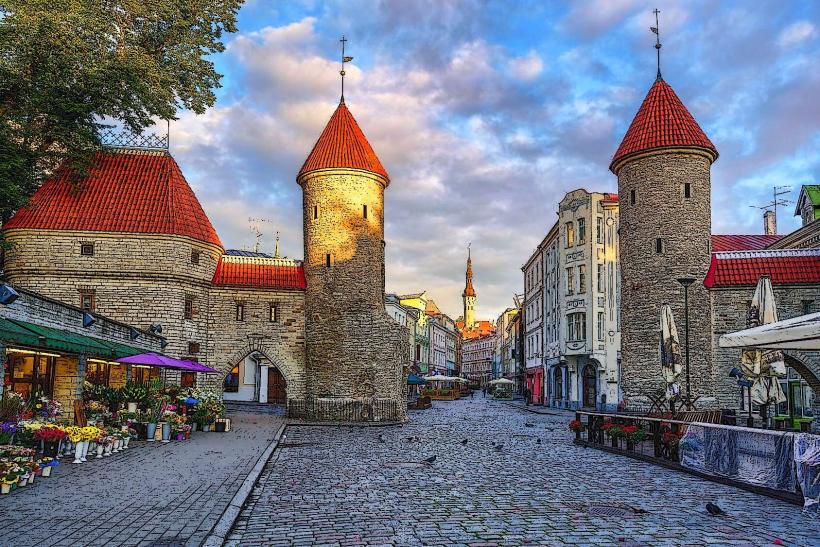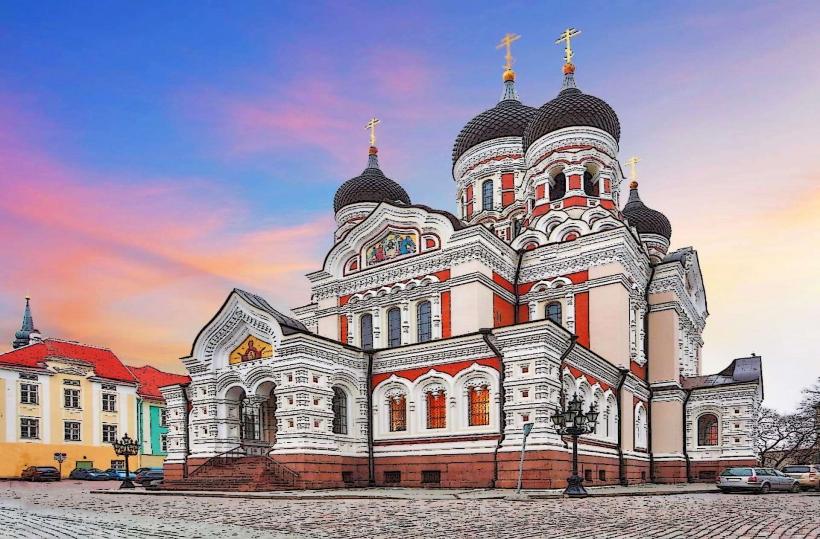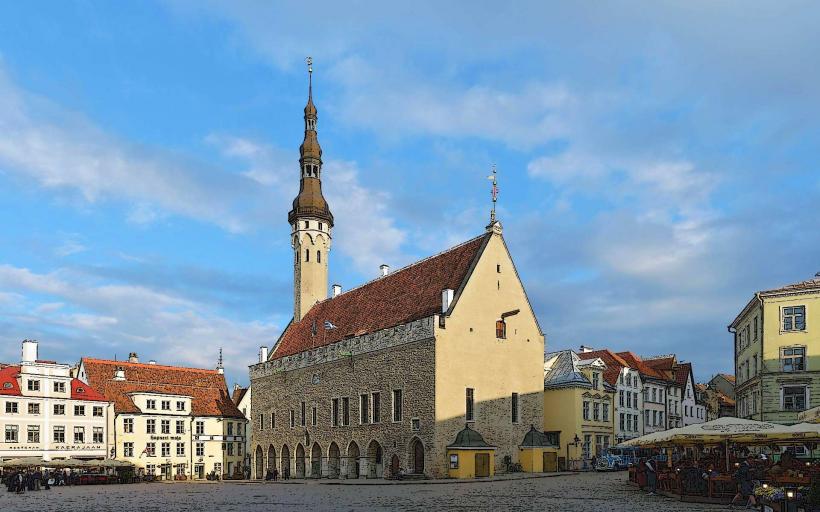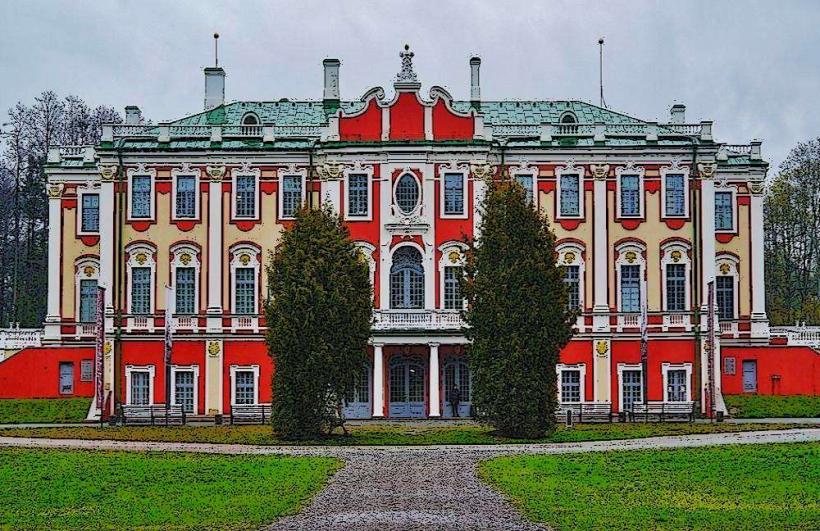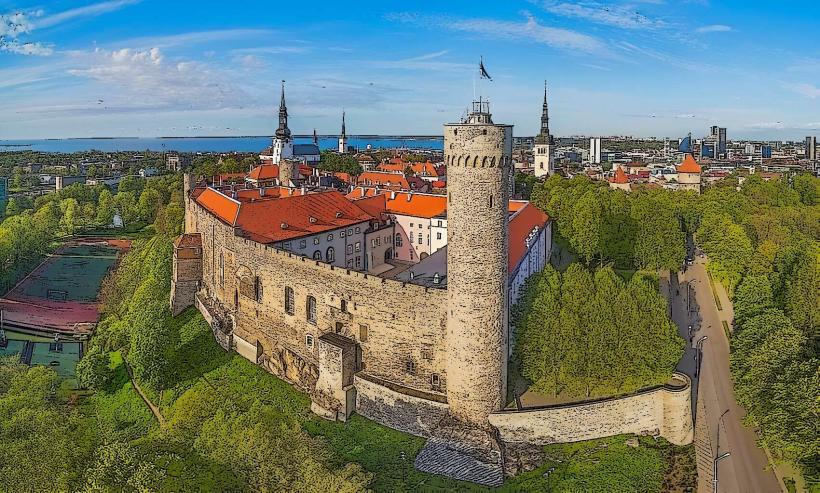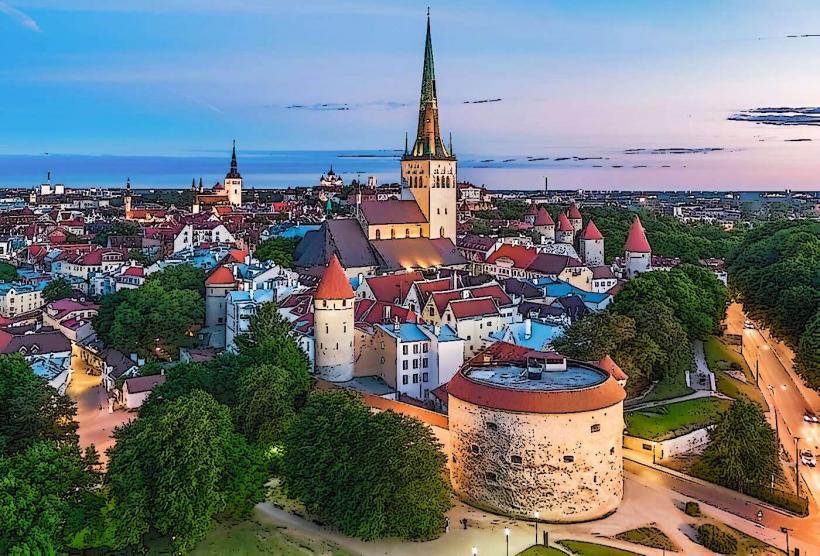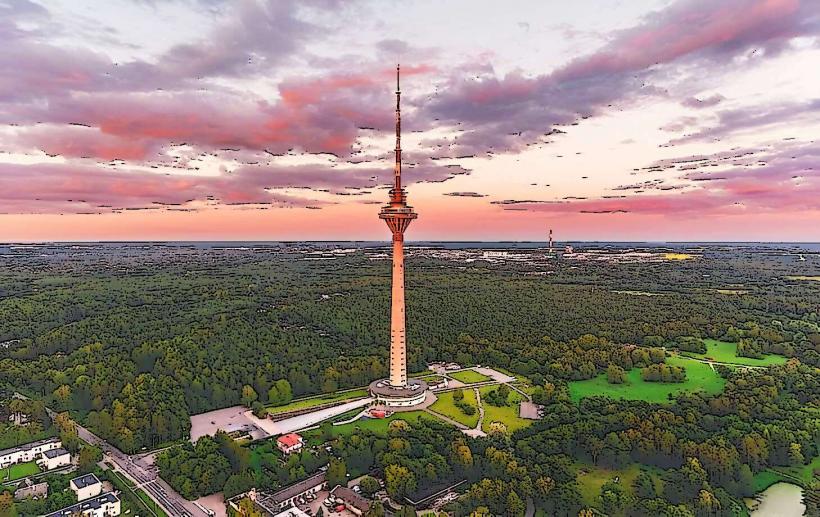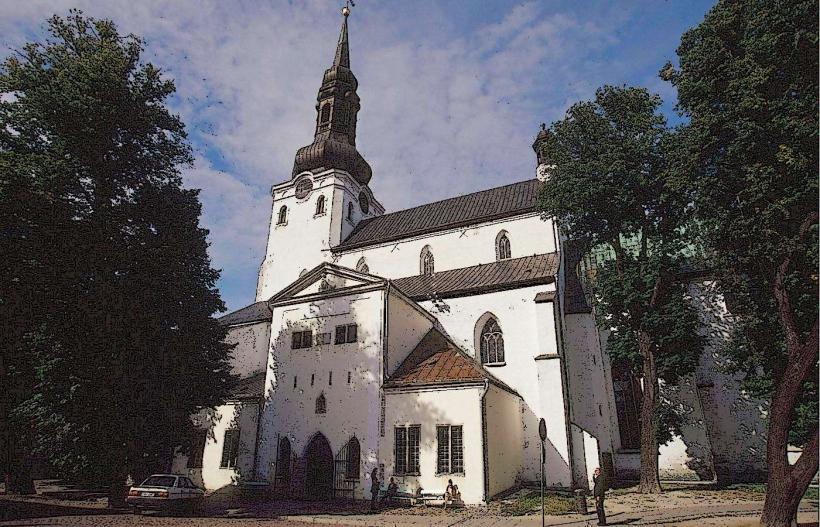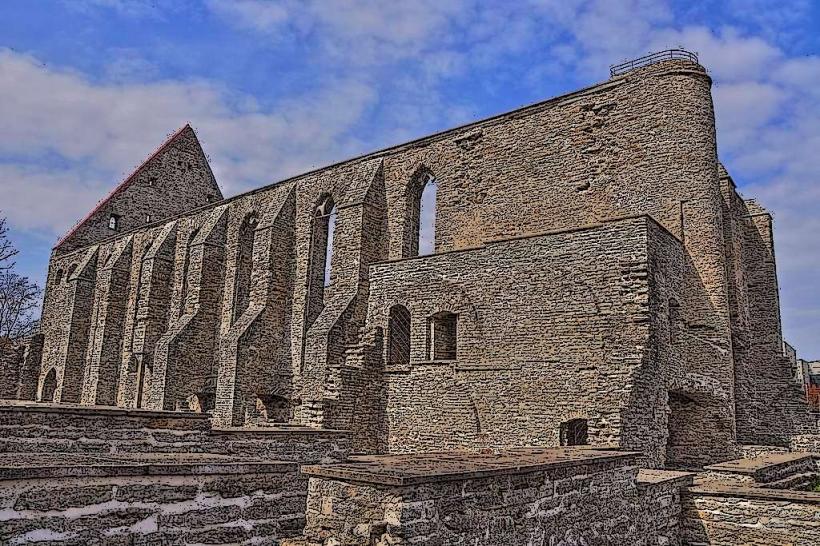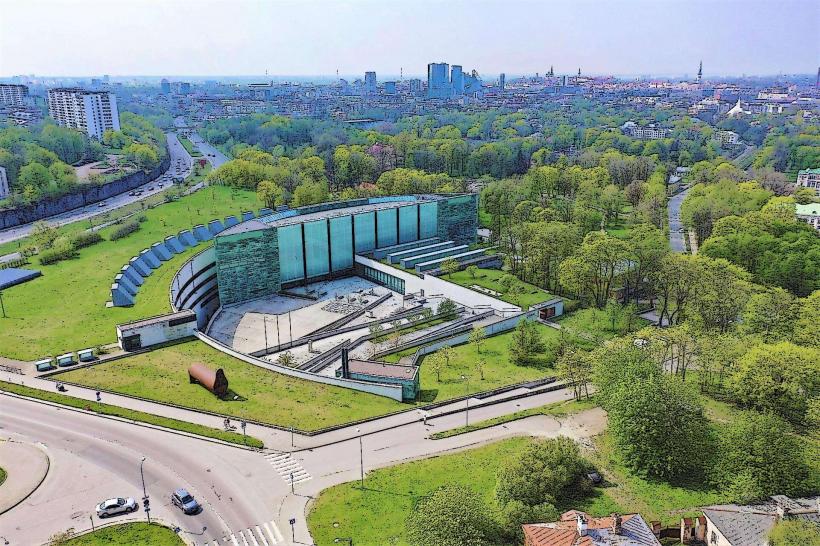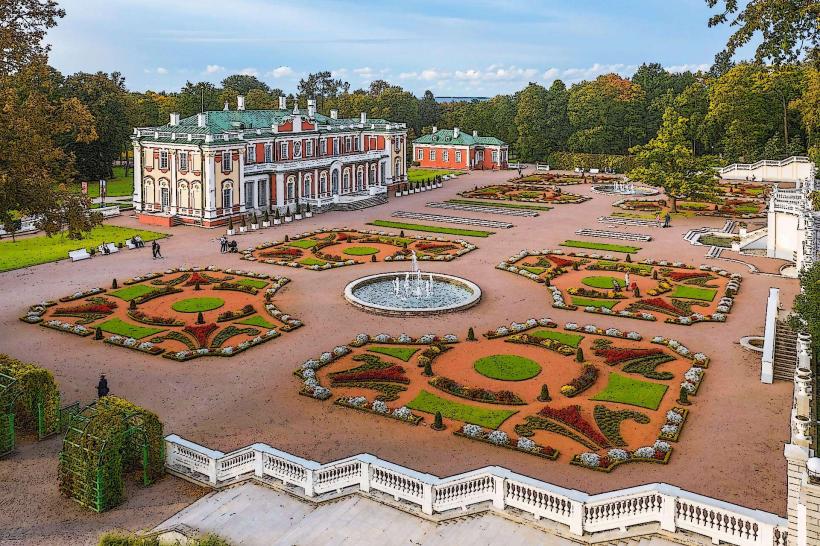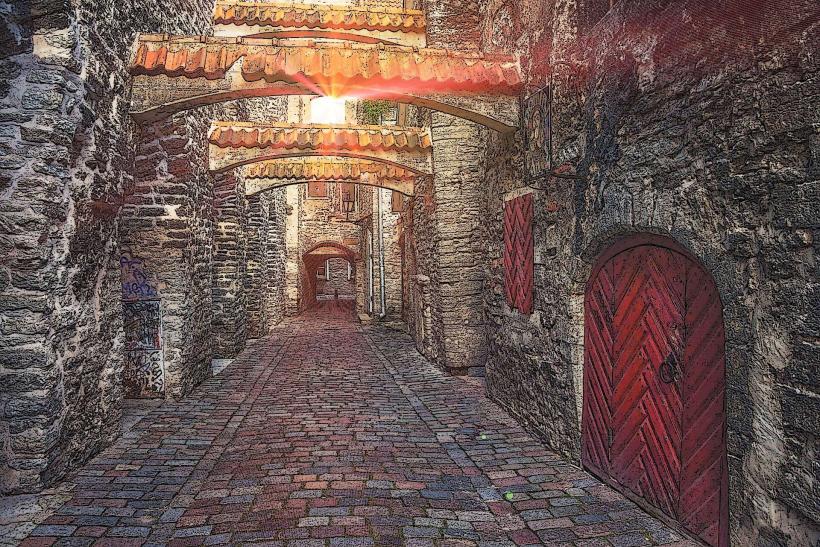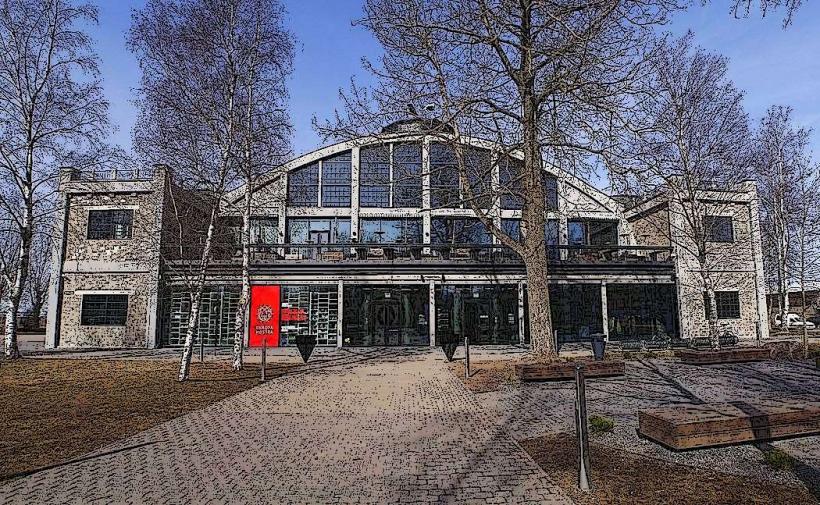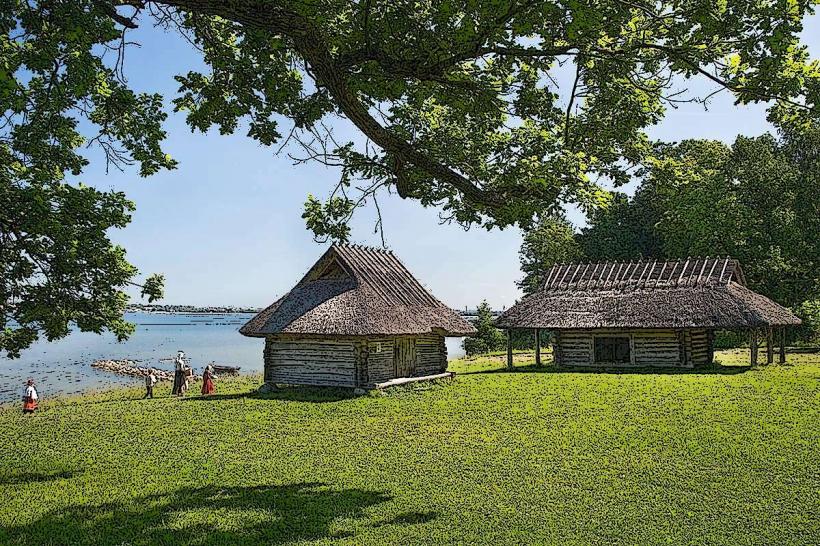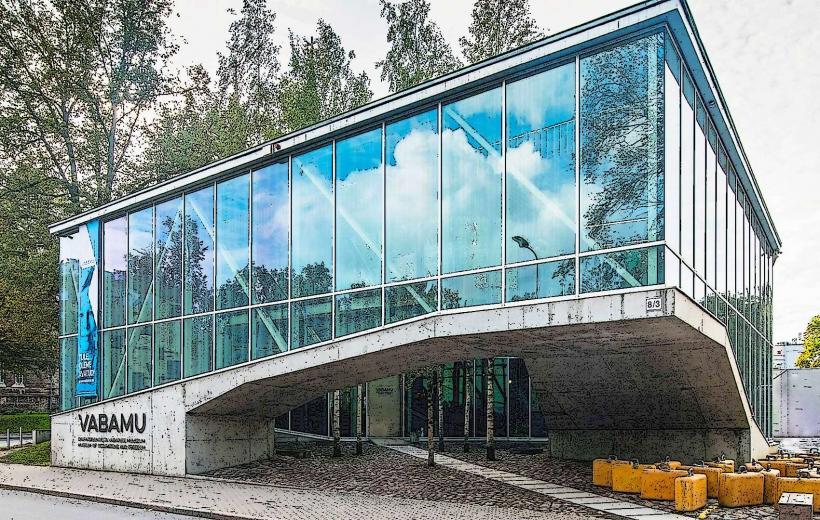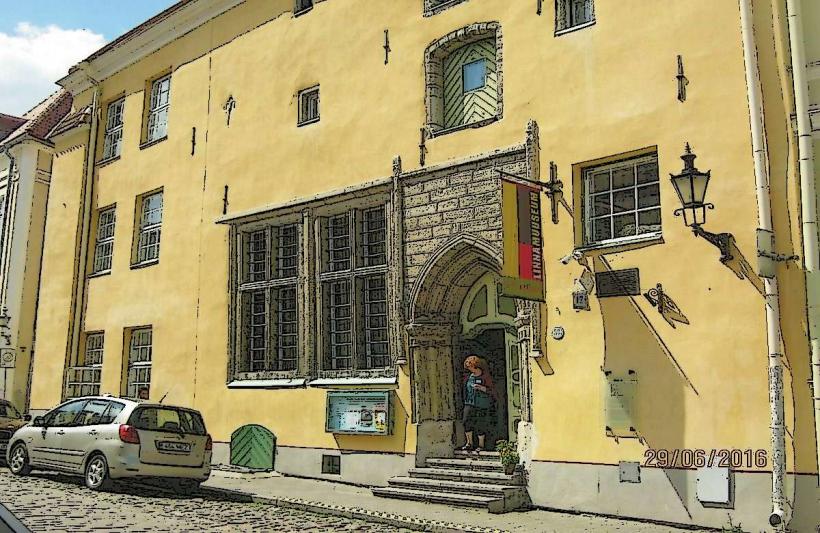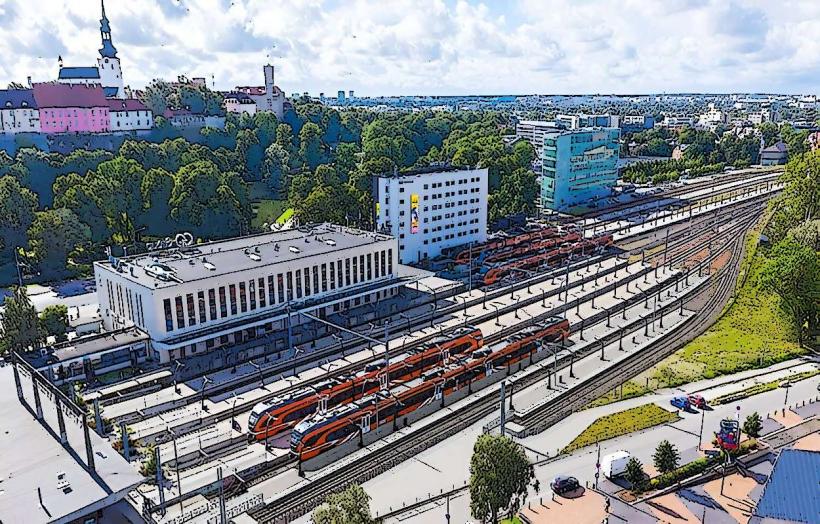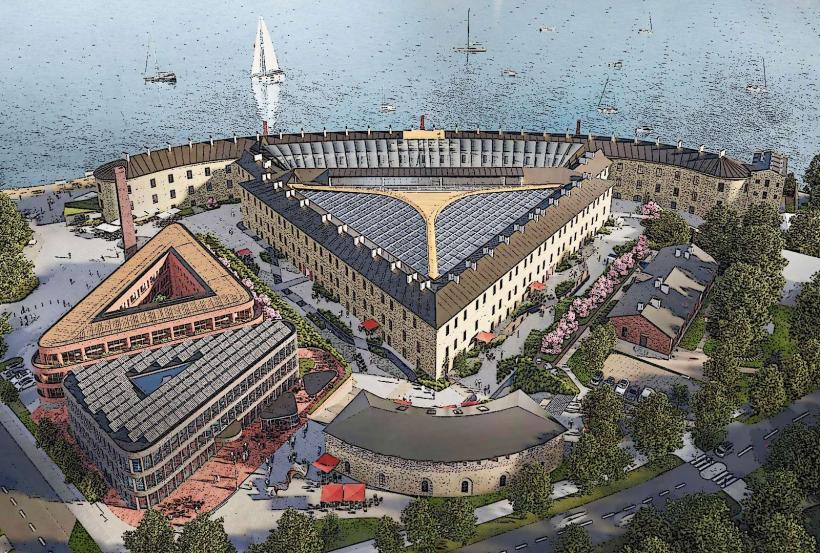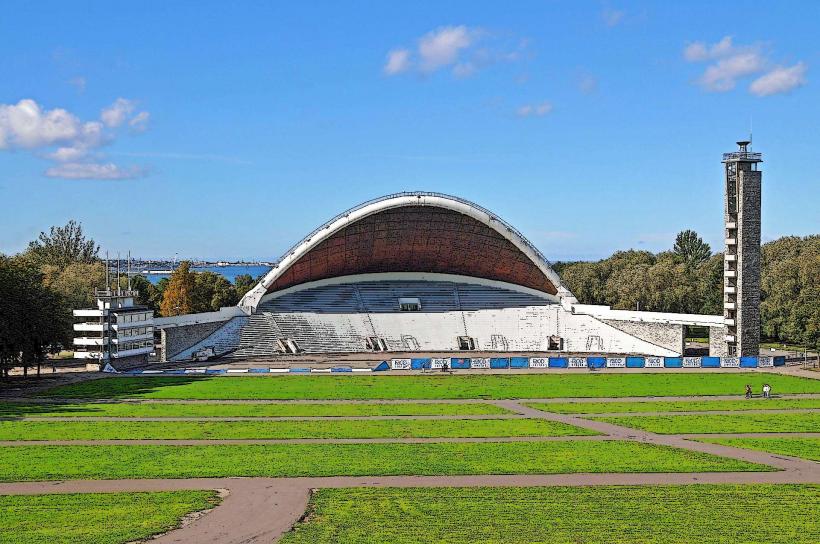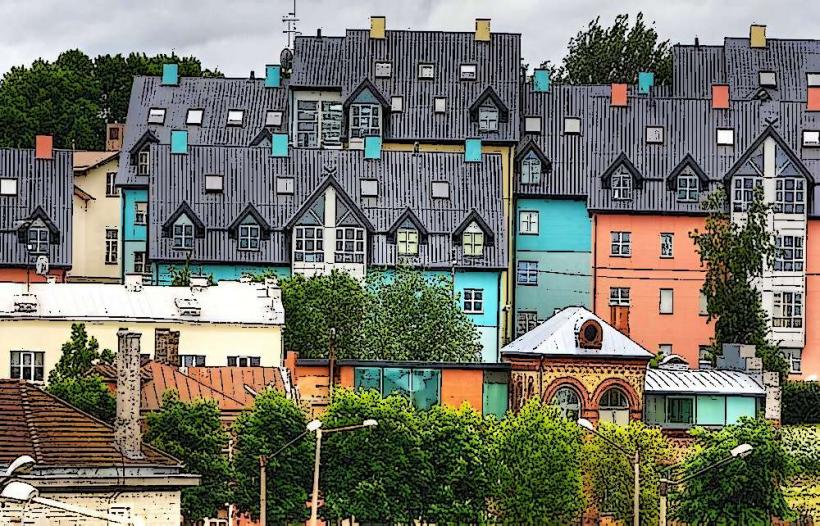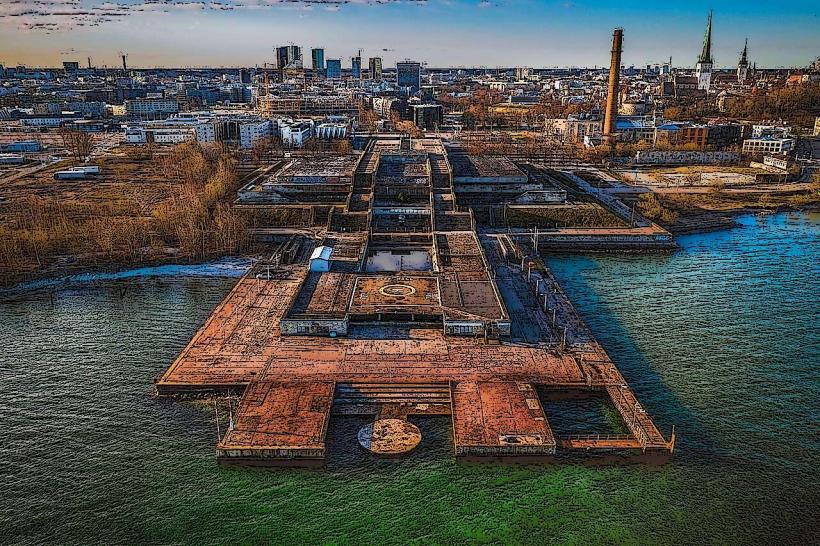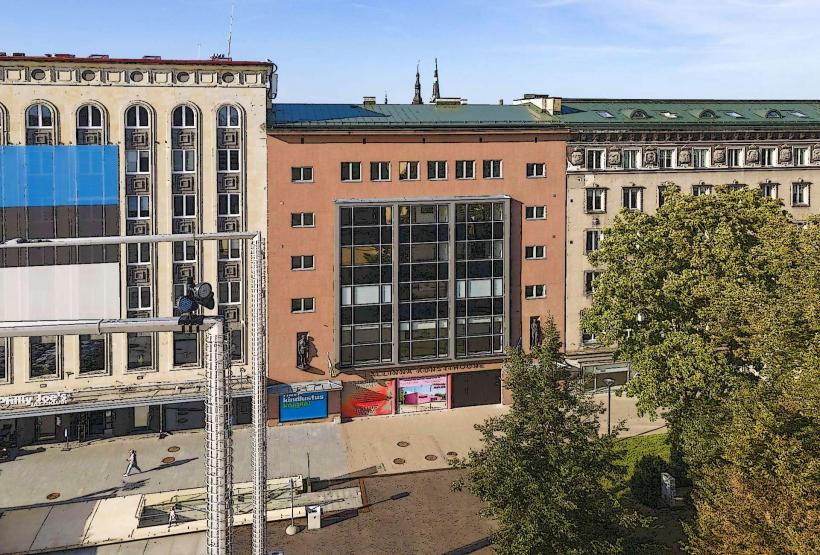Information
Landmark: Niguliste MuseumCity: Tallinn
Country: Estonia
Continent: Europe
The Niguliste Museum is a key cultural landmark in Tallinn, Estonia, offering visitors a unique insight into the country's medieval art and ecclesiastical history. Located in the Niguliste Church (St. Nicholas' Church), this museum is famous for its impressive collection of medieval religious art, manuscripts, and historic artifacts, as well as its stunning architectural setting. Here's a detailed overview of the Niguliste Museum:
Historical Background
- Niguliste Church (St. Nicholas’ Church):
- The Niguliste Church was originally built in the 13th century as a medieval church for the German-speaking merchant community in Tallinn. The church is a Gothic-style building that has been a significant place of worship and community life for centuries.
- Over the years, the church has undergone numerous changes and renovations, particularly after World War II, when the church was heavily damaged. In the 1980s, it was repurposed as a museum, with its collection focusing on medieval religious art and artifacts.
- Transformation into a Museum:
- The church was officially transformed into the Niguliste Museum in the late 1980s, under the management of the Art Museum of Estonia. The museum was created to preserve and showcase the important cultural and religious artifacts of Estonia’s past, particularly those from the Middle Ages.
- Today, the Niguliste Museum is known for its exceptional collection of medieval art, including altarpieces, paintings, sculptures, and liturgical objects, many of which were originally housed in churches throughout Estonia.
Key Exhibits and Features
Medieval Religious Art:
- The museum’s core collection focuses on medieval religious art from the Gothic and Renaissance periods, with many pieces coming from Tallinn’s churches and other Estonian towns.
- Highlights of the collection include altarpieces, wooden sculptures, and paintings depicting biblical themes, saints, and scenes from medieval life.
- A key feature is the Tallinn Master’s works, which are part of the late Gothic art tradition in Tallinn and northern Europe, showcasing the distinct style of Estonian and Baltic medieval art.
The Altarpiece of St. Nicholas:
- One of the most significant pieces in the museum is the Altarpiece of St. Nicholas, an extraordinary 15th-century altarpiece painted by the Tallinn Master, one of the most important late Gothic artists in Estonia.
- The St. Nicholas Altarpiece is a remarkable example of Renaissance altarpieces, with detailed depictions of religious scenes that were meant to bring the stories of the Bible to life for the churchgoers.
The Skeleton of St. Olaf:
- The museum also displays the remains of the medieval church’s relics, including a skeleton believed to be that of St. Olaf, who was considered the patron saint of Tallinn.
- These remains are part of a collection of holy relics that were once housed in the church, highlighting the religious importance of the church and its historical significance during the medieval period.
Bells and Liturgical Objects:
- The museum also houses a number of liturgical items, including church bells, candelabras, chalices, and church furnishings, which were used in the medieval liturgy.
- The bells are especially notable because of their historical and cultural significance. They were often used to mark important church events and ceremonies, such as weddings, funerals, and feasts.
Medieval Sculptures and Paintings:
- The museum contains several sculptural works, including wooden figures of Christ, the Virgin Mary, and various saints. These works of art were once part of the church’s interior and are important examples of the Baltic Gothic style.
- The paintings on display range from altar paintings to wall frescoes, many of which depict scenes from biblical stories or the lives of saints and martyrs.
Temporary Exhibitions:
- In addition to its permanent collection, the Niguliste Museum regularly hosts temporary exhibitions, often featuring works of modern art, thematic displays, or collaborations with other museums.
- These exhibitions help to bring in a broader range of visitors and give the museum a dynamic, ever-evolving appeal, while also showcasing contemporary interpretations of religious and historical themes.
Architectural Heritage:
- The church itself is a masterpiece of Gothic architecture, with soaring vaulted ceilings, stained-glass windows, and an elegant, spacious interior. The combination of medieval art and architecture creates a truly immersive historical experience for visitors.
- The church’s tower offers stunning views of Tallinn’s Old Town and the surrounding cityscape, making it a popular spot for visitors to capture photographs of the area.
Visitor Experience
Guided Tours:
- The museum offers guided tours in various languages, providing in-depth knowledge of the historical and artistic significance of the exhibits. A guided tour will give visitors detailed insights into the medieval art, religious traditions, and architectural history of the church and museum.
- Audio guides are also available for those who prefer a more flexible, self-guided experience.
Family-Friendly:
- While the museum’s focus is on medieval art and religious history, it also offers a family-friendly experience. Children can engage with the museum’s interactive displays and learn about medieval life in a more accessible way.
- Special family activities and workshops are sometimes held, allowing children and adults to make connections between the art and life during the Middle Ages.
Concerts and Cultural Events:
- The Niguliste Church is still an active cultural venue, hosting classical concerts, organ recitals, and other musical events. The acoustics in the church are exceptional, making it an ideal location for performances of medieval and baroque music.
- The church’s organ concerts are a highlight, often featuring both local and international musicians. These events add another layer of cultural richness to the museum experience.
Opening Hours and Admission:
- The museum is generally open year-round, with extended hours during the summer months. It is advisable to check the museum’s website for the latest details on opening hours and any changes in operating schedules.
- Admission fees are generally affordable, with discounts available for students, seniors, and families. Combined tickets are available for those wishing to visit multiple museums within Tallinn’s Art Museum of Estonia network.
Why Visit the Niguliste Museum?
Rich Medieval Art Collection: The museum’s focus on medieval religious art provides visitors with a unique opportunity to explore the artistic traditions of Estonia and the Baltic region, particularly from the Gothic period.
Historical Significance: Housed in the historically significant Niguliste Church, the museum offers a fascinating glimpse into Tallinn’s medieval past, from religious practices to daily life during the Middle Ages.
Architectural Beauty: The church itself is a Gothic architectural gem, with stunning stained glass and intricate details that transport visitors back in time.
Cultural Experience: The museum offers not only a journey into the past through its art but also the chance to attend concerts, workshops, and cultural events that enhance the experience.
Unique Exhibitions: The combination of permanent collections and temporary exhibitions keeps the museum fresh and exciting for visitors, with opportunities to explore new themes and artists.
The Niguliste Museum is a must-visit for those interested in medieval art, religious history, and Estonian culture. Its extraordinary collection of art, sculptures, and architectural beauty, combined with the rich history of St. Nicholas' Church, makes it one of Tallinn’s most important cultural institutions.

